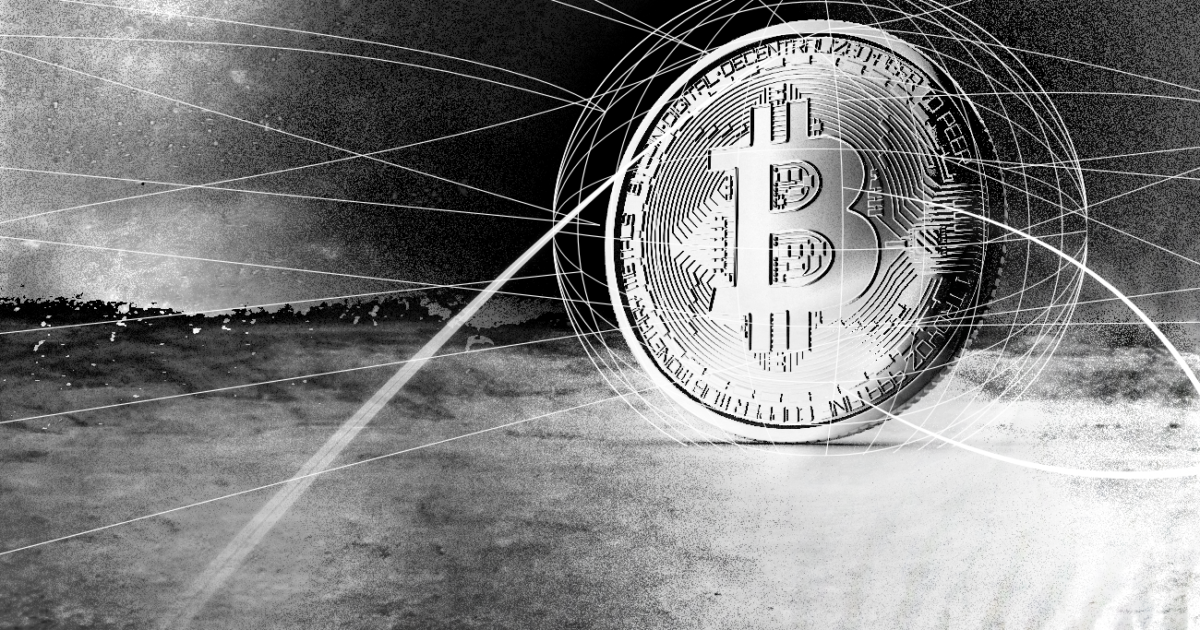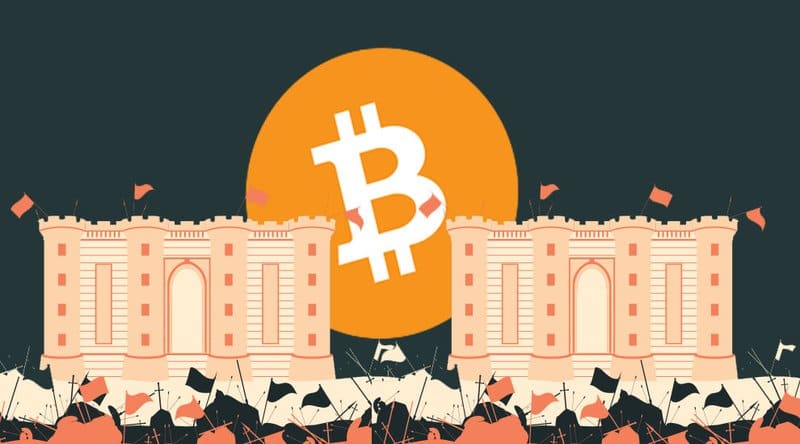The All-Important Journey To Self-Custody Bitcoin
Two Bitcoiners explain their custody journey and invite others to reflect upon their own steps to claiming their sovereignty.
This is an opinion editorial by Mark Maraia, an entrepreneur, author of “Rainmaking Made Simple” and Bitcoiner, and Casey Carrillo, associate editor at Bitcoin Magazine.
One of the many things that makes bitcoin such an amazing asset is our ability to take possession of our private keys. This ability is so new and groundbreaking that the Law Commission of England and Wales has written a 500-page report proposing to carve out a new form of property right for digital assets.
As I reflected on how long it took me to take possession of my private keys I realized it might be somewhat instructive for others. Since I’m a boomer and not the least bit tech savvy or inclined it took me months before I felt comfortable enough to take possession of my private keys. My thought process — which I suspect is similar to many others’ — was that I trusted a third-party exchange — which is nothing more than an IOU for bitcoin — more than I trusted myself. So my journey began when I bought a small amount of four kinds of digital assets — one of them bitcoin — in March 2020. I bought that bitcoin on a centralized exchange and didn’t know enough back then to know about private keys.
As COVID-19 wore on and central bank money printing continued at insane levels during 2020, I began to wonder and worry about the purchasing power of the dollars in my U.S. bank account. So I decided to buy more bitcoin in November 2020. It was only at that point, where I went down the proverbial rabbit hole and began to learn about bitcoin exclusively, that I learned the importance of taking possession of your private keys.
I found the whole thing confusing and intimidating so I took it slowly because there were too many choices and too many ways to mess up. There was then, as there is now, a dizzying array of hardware wallets and software wallets to choose from; everyone had their own opinion about which is best. In addition, backing up the wallet or restoring the wallet required me to know about derivation paths and seed words. None of it was familiar and I might as well have been reading Greek. I had concluded I will not rush the move to holding private keys until I felt comfortable. So I held the bitcoin I had purchased on two different exchanges until 2021.
It took me until March of 2021 to get there. Even then I had help from a young intern, Kevin, who worked with me for three months and who was also interested in bitcoin — he was actually writing his master’s thesis on the risk aspects of putting bitcoin on a company’s balance sheet. I ordered a hardware wallet directly from one of the top providers rather than through a middleman. And then that friend helped me make the transfer of some of my bitcoin in March. He showed me and one of my adult children how it works. What no one discusses in granular detail (for opsec reasons) is the best way to back up the device. That is an entirely separate article.
Okay, so far, so good. I never felt all that comfortable with having custody of all my bitcoin in one device since it represented a single point of failure so I continued to do my research on multisig. Further research and reading led me to find two bitcoin-only companies that provide multisig or vault services. Casa and Unchained Capital. It wasn’t until September of 2021 when I finally felt ready to pull the trigger and selected one of them to hold the remainder of my bitcoin in a multisig setup. That was 18 months after buying my first bitcoin.
What I think some of the more tech savvy and tech-inclined people in this space forget is just how intimidating it can be to achieve that level of ownership. Many long-time bitcoiners take for granted how steep the learning curve is for taking possession of their keys. The more tech savvy people see it as a small hill; those who have less time or desire for educating themselves see it as Mt. Everest. Plus, it requires taking responsibility for your own finances unlike anything in history. And some will never be ready for this level of responsibility.
My journey in taking possession of my private keys led to an interesting conversation with Casey Carrillo about this topic and he has his own journey to share.
As a tech-inclined young person, Bitcoin being a natively digital construct was entirely normal to me. I think my custody story isn’t super unique — much like Mark Maraia, I had a friend hand-hold my entrance into Bitcoin but unlike Maraia, he was there from the very moment I was “orange-pilled,” and so immediately made sure I took possession of my private keys.
This of course was, at the time, in the form of a hot wallet on my phone. I do recall thinking that the way my wealth would be stored — essentially in 24 words — was risky. My friend explained that I would ruin the security of the seed phrase if I were to record it on a digital device, as I (naive at the time to the proper security of any password, let alone my seed phrase) was used to doing with important information. So knowing that this would only exist in the physical realm, and therefore be subject to all the physical dangers of the world like a forgetful mind or fire, left me feeling uneasy.
At the time, I was fully immersed in the “wallet” metaphor, so it was relatively easy for me to grasp the difference between a custodial exchange and taking possession of my private keys, likening it to acquiring cash and then keeping it in my physical wallet. As I understood it at the time, I was sending my bitcoin to a different destination, one that couldn’t be touched by the entity from which I had purchased the bitcoin. I now understand the nuances of my hot wallet not necessarily being a “destination” so much as a signer, but at the time the metaphor served its purpose. I still believe that the wallet metaphor is effective in describing who has access to cash in your wallet as opposed to money in your bank account: it’s a tricky thing to describe that difference as effectively as the analogy does, even if it misrepresents the actual nature of what we currently refer to as bitcoin wallets.
That aside, it took another several months before I moved from a hot wallet onto a cold storage wallet. Over that period I had learned about the differences between the two and why it would be necessary to have the seed-generation process occur off an internet-connected device. All these realizations only came with increased understanding of the Bitcoin protocol in general. Custody is a parallel journey to understanding Bitcoin.
I would like to believe that, save for high-net-worth individuals who generally conduct increased research on their wealth storage anyways, the amount of funds invested (and therefore losable if a seed phrase is forgotten etc.,) correlates highly with knowledge of Bitcoin. But anecdotally, I’ve found little correlation: some people take great measures to protect meager amounts of bitcoin, and some people have millions of dollars’ worth on a single exchange. Most likely, this is just a product of early adoption and will change as the value of bitcoin is understood by more people.
Overall I think many would relate to having some form of help when originally learning about the various types of bitcoin custody. In my opinion, this reveals how important it is for Bitcoiners who do understand this to educate others and to continue to try and discover ways to better communicate why self-custody is important.
Closing thought: We hope you found our journeys instructive and invite you to submit your own pitch for articles about your particular journey on achieving financial sovereignty and taking possession of your private keys to Austin@btcmedia.org. How long did it take you? Please share your story with us and we’ll seek to work with submissions that our editors feel are the most educational and instructive, and satisfy our editorial requirements.
This is a guest post by Mark Maraia and Casey Carrillo. Opinions expressed are entirely their own and do not necessarily reflect those of BTC Inc. or Bitcoin Magazine.









